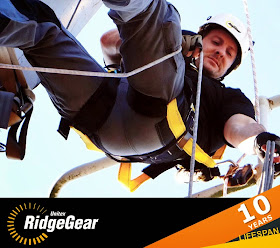How To Check For Condensation
Condensation is caused by high air humidity levels created by common household tasks which produce high levels of water vapour (having a bath, running a shower and boiling water).
Condensation occurs on cold surfaces (window, mirror, tiles, glass) where the air borne water vapour condensates back into a liquid. Condensation is usually an intermittent phenomenon, occurring frequently in winter and at night. Therefore a range of readings will be required throughout the day in all rooms of the property.
When looking for condensation problems, check bathrooms, showers and kitchens. If condensation keeps occurring in the same place, it can cause black mold growth. The distribution of mold growth can be a useful guide to where condensation is occurring.
If you feel that condensation is a cause for some of the moisture problems, a digital hyrometer will accurately measure the airborne moisture which creates condensation. When measuring humidity, air temperature should be recorded at the same time.
Hygrometers from Protimeter are recommended like the Protimeter Hygromaster or Protimeter Physclone for their quality and accuracy.
Measure for levels of humidity first, if high levels are recorded then there will be a potential of condensation occurring in the property.
a. Measuring Relative Humidity (%RH)
Air humidity is measured against Relative Humidity (%RH) and is a simple procedure.
When undertaking humidity readings with the
Protimeter Hygromaster and
Protimeter Psyclone, the sensor is located at the top of the instrument.
The standard sensor has a reading range of 30 -100 %RH. A digital sensor featured in the Protimeter Psyclone records a range of 1.0 - 99.0 %RH.
After turning on the instrument, ensure the instrument is displaying %RH and air temperature (TA). The instrument will then read both airborne humidity and air temperature. Depending on lifestyle issues, different measurements will be required throughout the day to develop a pattern when humidity occurs, which room and cause of the humidity.
Internal humidity readings will increase if the outside weather conditions are damp.
Any reading over 70%RH will cause damage to natural materials.
|
|
Low %RH |
|
High %RH |
| Central Heating |
|
20 |
|
45 |
| Normal Room |
|
35 |
|
75 |
| Damp |
|
75 |
|
100 |
| Outside UK |
|
45 |
|
100 |
The simplest way to record the humidity levels within a property is to develop a spreadsheet recording date, time, room, %RH and air temperature. Over the period of a day, a picture of the humidity fluctuations will be seen.
If high levels of humidity have been recorded, it is best to check the surface temperature to verify the potential of condensation.
b. Measuring For Condensation
Condensation is measured against the dew-point scale and requires surface temperature readings.
Both the
Protimeter Hygromaster and
Protimeter Psyclone can measure for condensation, reporting back the potential of condensation. An optional Surface Temperature Probe accessory is required to undertake this procedure.
By operating the Temp Diff function, the operator will be able to determine if surfaces are colder than the surrounding air temperature, creating condensation.
However with the
Protimeter MMS2 instrument, the Condensator Mode enables the user to assess the risk of condensation occurring on surfaces or to confirm whether or not condensation is present on a surface.



















